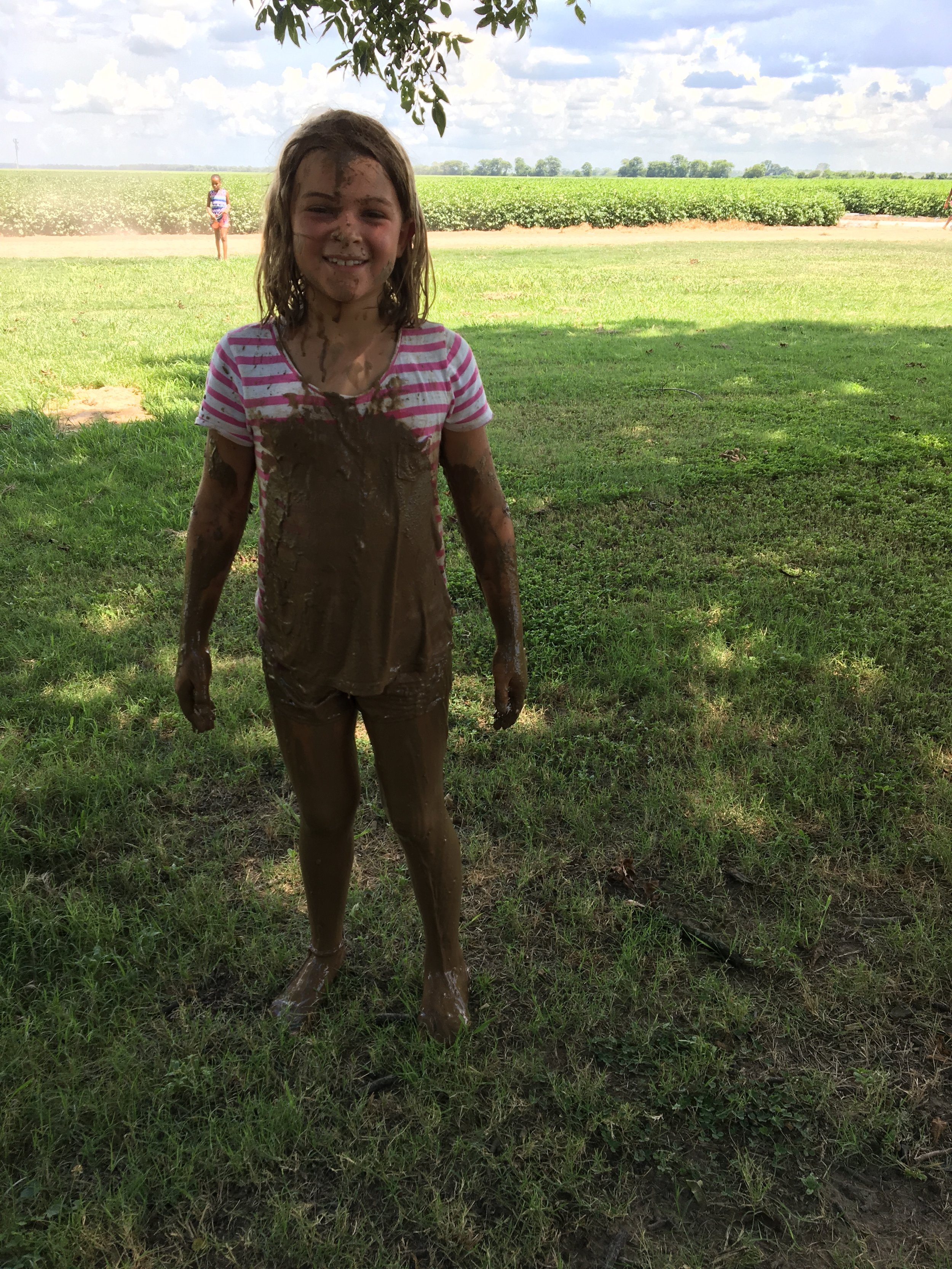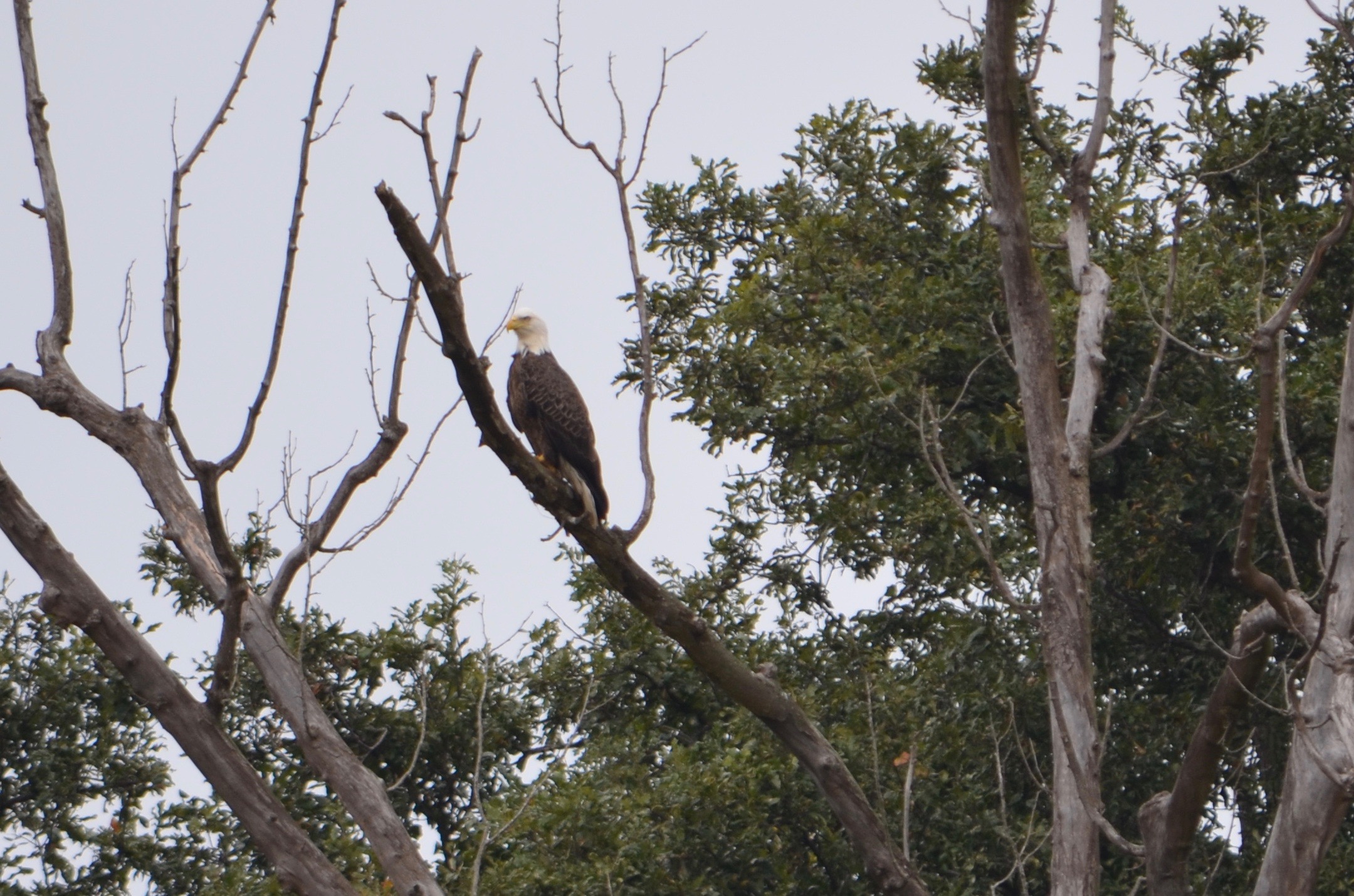guest post by Donna Watts of McGehee Producers Ginn
Team Work
‘Women in Ag’ these days does not necessarily mean that you are married to a farmer. I am a cotton ginner. I am proud to be a part of McGehee Producers Gin. I have always said that success is only possible when you have a group of people who are as dedicated to the job as you are. Let me start out by saying that my co-workers are family to me. The five of us have been working together for more than twenty years, one of them being my husband of 31 years. We have seen changes in the ginning industry and are fortunate enough to have leaders that make these changes become a reality in the way our gin is updated and maintained. We have seen lean years and we have seen abundant years. We employ between 35-40 workers during ginning season, which this year started on Sept. 13 and ended Dec. 18. At the beginning of each season I always think of Matt 9:37 “The harvest is plentiful, but the workers are few.”
Ginning Season
My responsibilities are numerous. In the off season I am pretty much free to come and go, but once the gin cranks up, I am there for the duration. I am responsible for the day to day operations of the office. During ginning season, I turn into Gin Mama! Ginning season has always been my favorite time of the year, and when it quits being rewarding is when I will hang up my hat. I complain about the hours and no time to spend at home with the dogs, no time to clean house, no time to cook a decent meal, no time to go anywhere or do anything, and the fact that there is no time for anything but go home, eat, sleep, and get up and do it all over again, and again, and again. I am rewarded, though, with the friendships I have made, and the respect that I have earned from my co-workers, the producers, the truck drivers, my bankers, and all those who I am in contact with on a daily basis.
Details Matter
During the ginning season, my job is to see that the producers' modules have been entered into our system and the weight for each module is entered. After the bales are ginned, I check to make sure each bale has been posted to the correct farm. I send a file to the warehouse where our weights are compared. Once we are satisfied, the electronic warehouse receipts (EWR) are issued to me as the holder. The process is sort of like handling a car title. The EWR is transferred from me to the marketer, then to the buyer. At the end of the season, once all business for the year has been concluded, we return money to the producer and his landlords in the form of a per bale gin rebate. This is very nerve racking, as I have to see that all information on both the producer and the landlord along with all addresses, tax id numbers, and percentages are correct. Once that is out of my hands, I can start to breathe again.
Paychecks
Another duty is payroll. If you have never done payroll for 35-40 people, you should do it just once. I manually add up the time cards, then use my Quickbooks program. I enter time, print checks, sign them pass them out, and pray that everyone’s is correct. This process usually takes a couple of hours to complete, that is, if the phone leaves me alone.
Grand Central Station
We gin for the cottonseed and store it in three seed houses. When the contracts are filled, the seed tickets are invoiced and mailed. Our scales stay busy. At any given time, there may be three module trucks that belong to the gin, a seed truck, weighing both empty, then full, three trailers that carry eight round modules coming from Leland and Greenville, MS, three trucks carrying 8 rounds from Indianola, MS, two trucks with dual trailers carrying 9 rounds each from England, AR, and one truck carrying 8 rounds that hauls from the Star City, AR area. That, along with local cattle ranchers who come by for cottonseed to feed with, the scales keep the office help hopping.
By The Dawn's Early Light
I work seven days a week during the season. I try to get to the gin by 7am, as there is always something to do as soon as I get there. Sunday mornings are my early days. Sunday is Safety Meeting Day. I am the Gin Safety Director and it is up to me to see that our employees are informed, trained, and provided with the safest environment possible to work in.
Safety First
We have regulations that are set by Southern Cotton Ginners Association and it is my job to see that we are in compliance. Our yearly inspections have always been rewarding and I have the highest regard and deepest respect for our Safety Director in Memphis. We have received awards for 'Safety' and 'No Lost Time' each year since 2005 when I assumed the responsibility. This year, we have received the Diamond Award again which is the highest award possible. This is the third consecutive year for the Diamond.
Work Hard, Play Hard
In my “spare” time when I just feel the need to escape the office, my favorite activity is to paint on the round modules that are facing the highway. I am a huge Razorback fan, so we get out there with our module paint and start decorating. I’m not an artist, so I always inlist the help of Donnie Peacock to draw what we lovingly call the “jumping hog”. People stop and take pictures and sometimes it leads to them asking questions that result in what I call my fifty cent tour.
The 50 Cent Tour
I love to take people through the gin and explain the cotton ginning process to people who have never seen cotton and think that everything is just blown out the back. It’s amazing to hear where they are from and how they ended up in McGehee, AR.
Love What You Do
I love my job. I love the sights and the sounds. I love the people I work with. I love riding in (and sometimes driving) the module trucks. I love the smell of fresh cotton being ginned---- and no---- “Clean Cotton” does not smell like those candles with that label. I love the technology. I love the bonds that are formed and I especially love the fact that I have been entrusted with this job which literally puts people’s livelihood in my hands.








































































































